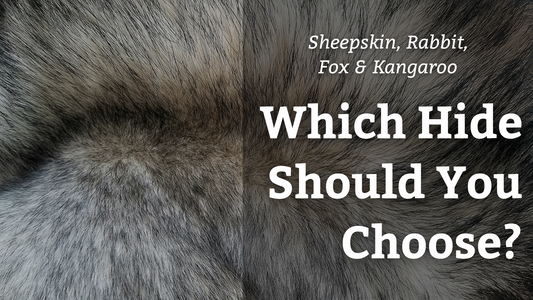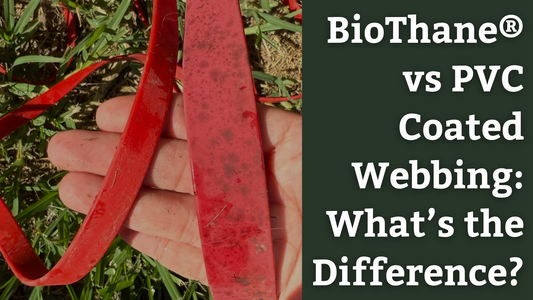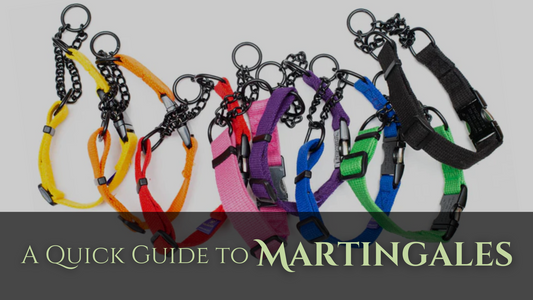What is a Slip Lead?
With a wide variety of dog leashes and leads available, it is important to clarify what makes a slip leash.
A slip lead for dogs is an all in one leash and collar, that slips over the dogs head in a loop and rests around their neck. Many fields and sports use this popular tool, from championship Dog Shows, to the Agility ring.
Many dog owners prefer slip leashes for their simplicity and effectiveness in training dogs.
Choosing The Right Size and Material
These leashes are available in a variety of materials such as:
- Cotton rope,
- Beta Biothane Rope.
- Marine rope
Choosing the right sizing and material of your slip lead is important. This includes the type of hardware on your slip leash! With a larger heavier dog benefiting from the use of thicker rope, and a heavily coated or fluffy dog being better off with a smoother material like biothane with a wider grasp tab.
Understanding How a Slip Leash Works
A slip leash operates without a traditional buckle to clip around the dogs neck. Instead the distinguishing features of a slip lead for dogs is the ability to "slip" on and off over a dogs head.
This functionality is created by the use of a O ring attached securely at one end of the slip leash, the leash then feeds back through this 0 ring in a lasso type motion. Creating the loop that can "slip" on and off your dogs head and sit the comfortably around the neck of the dog. You then slide a stopper into place to keep your slip leash secure.

You also need to be sure you are correctly placing the leash on your dog. Position the slip leash at the mid to high neck of your dog. You can do this by sliding your leashes stopper into place when the leash is sitting at that point on the dog.
How to Use a Slip Leash Effectively
To use a slip lead dog leash correctly, it should fit snugly on your dog but not too tight. You can judge whether the leash is correctly sitting by seeing visually where it sits on your dogs neck, and also if you can fit 1-2 fingers inside the "collar" part of the slip when it is secured on your dog.
A slip leash that is too tight can harm your dog's neck and make it ineffective for training. It is important to ensure that the slip leash fits properly to avoid any harm to your dog. Using a properly fitted slip leash can be an effective training or walking tool for your dog.
We recommend utilising your slip leash in conjunction with our Loose Leash training guide for the most effective use.
The Benefits of Using a Slip Leash
In our opinion, Slip leashes are one of the best for an endless list of reasons.
- Ease of Use: One of the easiest to use training tools for everyday use.
- Multi Purpose: Acts as both a collar and leash,
- Training: Helps to Simplify Training
- Behaviour Management: Assists in the management of behavioral issues
This all in one slip lead dog leash helps to simplify training and help in managing your dog’s behavior with consistent use.
Customer Reviews
We own a bunch of different slips from different companies and this one is by far the best. It’s strong, it’s comfortable to hold, easy to clean, and the stopper is tighter than any others we’ve tried"
"The best I’ve used
I couldn’t be without it these slip leashes, so light yet stong, waterproof, don’t slip down and great colours.
My clients and I love them."
"Great quality - 5 stars.
Lead feels really nice to use and is a good length. Was recommended by my dog trainer. My order arrived extremely quickly. Thank you!"




